Illustrative Image: Climate Change and Infectious Diseases in Rural LMICs: A Six-Step Framework for Climate-Resilient Health Systems in East Africa
Image Source & Credit: Council on Foreign Relations.
Ownership and Usage Policy
A recent study by Worsley-Tonks et al. (2025) titled “A framework for managing infectious diseases in rural areas in low-and middle-income countries in the face of climate change—East Africa as a case study” published in PLOS global public health, reveals that climate change is significantly intensifying infectious disease risks in rural LMICs—particularly East Africa—by expanding pathogen hazards.
“
Climate change is intensifying infectious disease risks in rural LMICs, requiring climate-resilient health systems built on a six-step strategic framework.
– Worsley-Tonks et al. 2025
The study presents a comprehensive review that develops a strategic framework to help health systems adapt to the rising burden of infectious diseases driven by climate change. Focusing on rural communities in East Africa—regions marked by high exposure to climate-related hazards such as droughts and floods, limited access to healthcare, water, and sanitation, and a heavy burden of infectious and neglected tropical diseases (NTDs)—the framework highlights the urgent need for climate-resilient health systems.
The authors structure their approach around three pillars of infectious disease risk: pathogen hazard (the presence and behavior of disease-causing organisms), exposure (the frequency and intensity of human contact with these hazards), and vulnerability (the susceptibility of individuals and communities to illness). Climate change is reshaping the distribution of vectors like mosquitoes and wildlife reservoirs, increasing spillover risks, while environmental degradation, food insecurity, and migration further amplify exposure and vulnerability. Current health systems in low-resource settings remain ill-equipped to address these evolving challenges.
To address this gap, the study proposes six strategic steps: (1) educating stakeholders about climate–health connections, (2) promoting interdisciplinary research on disease risk, (3) strengthening surveillance and control through technology and One Health approaches, (4) improving rural infrastructure and preserving biodiversity to reduce exposure, (5) enhancing community resilience via nutrition, vaccination, and adaptive healthcare, and (6) establishing climate–health intelligence teams to guide policy and coordinated response. While East Africa serves as the central case study, the framework is designed to be adapted across other low- and middle-income countries, tailored to local ecological and socio-economic realities. Ultimately, this work issues a clear call to action: integrating climate adaptation into global health strategies is essential to prevent escalating disease burdens in vulnerable rural populations.
How the Study was Conducted
This study is a comprehensive review and conceptual framework rather than an empirical field investigation. It was conducted through an extensive literature review, synthesizing existing research on climate change, infectious diseases, and rural health systems in low- and middle-income countries (LMICs), with particular emphasis on East Africa. Building on this evidence base, the authors developed a conceptual framework structured around three central components of infectious disease risk: pathogen hazard (the presence and behavior of disease-causing organisms), exposure (the ways and frequency with which people come into contact with these hazards), and vulnerability (the susceptibility of individuals and communities to illness).
The study integrated multiple sources of information, including epidemiological data from national and regional health systems, climate data and projections, ecological and socio-economic models, and case studies from East African countries. Insights were also drawn from the One Health and Planetary Health perspectives, highlighting the interconnections between human, animal, and environmental health. To ensure scientific depth and practical relevance, the framework was developed through collaboration among a multidisciplinary team comprising epidemiologists, ecologists, public health experts, veterinarians, and climate scientists. This diversity of expertise allowed for a comprehensive model that reflects both ecological complexity and real-world health system challenges.
What the Authors Found
The authors found that climate change is significantly intensifying infectious disease risks in rural LMICs—particularly East Africa—by expanding pathogen hazards, increasing human exposure, and deepening community vulnerability, while current health systems remain underprepared to cope with these evolving threats.
Why is this important
Climate Change as a Public Health Emergency
Shifting weather patterns, rising temperatures, and extreme events are reshaping infectious disease risks by expanding the range of vectors and wildlife reservoirs.
Rural LMIC Communities Are Most at Risk
East Africa and similar regions face compounded vulnerabilities—limited healthcare access, high climate exposure, and deep socio-economic challenges—while often remaining invisible to traditional surveillance systems.
Health Systems Are Underprepared
Most systems rely on reactive outbreak response. Without proactive, climate-adapted strategies, escalating disease burdens could undermine progress toward global health goals.
A Globally Relevant Framework
Although based on East Africa, the proposed six-step framework is adaptable to other LMICs, integrating One Health, biodiversity preservation, infrastructure, and community engagement.
Strategic Roadmap for Resilience
The framework enables governments, researchers, and health workers to predict and prevent outbreaks, strengthen rural infrastructure, reduce vulnerabilities, and build climate-resilient health systems.
What the Authors Recommended
- The authors emphasise building climate–health awareness among policymakers, health workers, and communities, and integrate climate literacy into health training programs.
- The study advocates for collaboration across epidemiology, ecology, veterinary science, and climate science, and invest in studies on climate–disease interactions.
- Leverage digital tools, mobile technologies, and One Health approaches to track and manage human, animal, and environmental health together.
- Improve rural water, sanitation, and healthcare infrastructure while preserving biodiversity to minimize human–wildlife contact and spillover risks.
- In addition, support nutrition, vaccination, and mental health programs, with tailored services for mobile and marginalized populations.
- Establish dedicated units to integrate climate forecasting into health planning, strengthen preparedness, and guide evidence-based policy responses.
In conclusion, addressing climate-driven infectious disease risks in rural LMICs demands urgent integration of climate adaptation into health systems, ensuring resilience, equity, and sustainability for vulnerable communities.



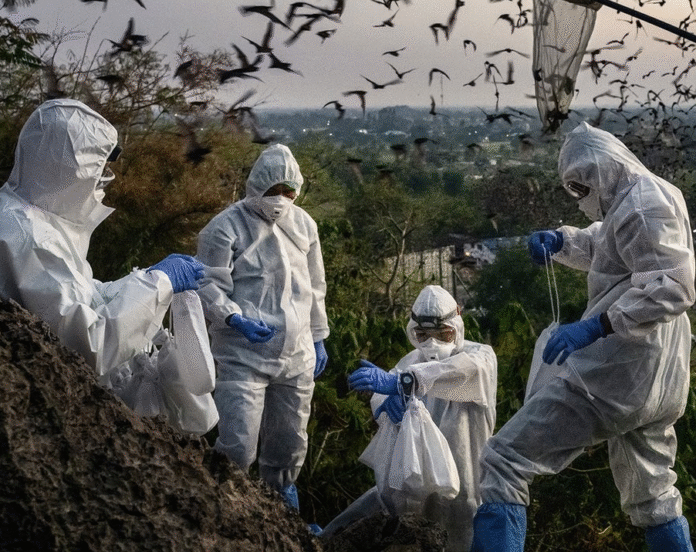

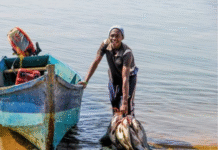


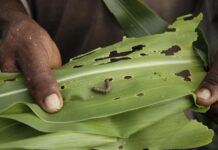

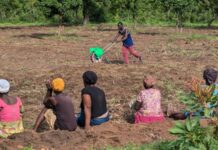

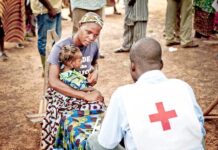



 The African Research (AR) Index is a comprehensive scholarly directory and database focused explicitly on journal publishers that publish and disseminate African research.
The African Research (AR) Index is a comprehensive scholarly directory and database focused explicitly on journal publishers that publish and disseminate African research.

